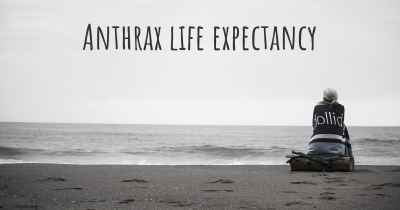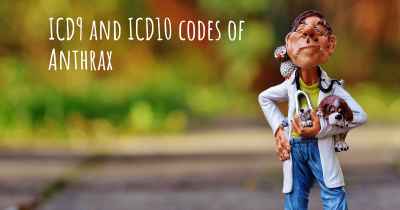What is the prevalence of Anthrax?
How many people does Anthrax affect? Does it have the same prevalence in men and women? And in the different countries?

The prevalence of Anthrax varies depending on geographical location and the presence of certain risk factors. Anthrax is considered rare in most parts of the world, including developed countries. However, it is more prevalent in certain regions with a history of livestock farming and inadequate veterinary control measures. Exposure to infected animals or their products is the primary mode of transmission for humans. While human cases of Anthrax are relatively uncommon, outbreaks can occur in specific circumstances, such as handling infected animals or contaminated animal products. It is important to implement proper preventive measures and surveillance to minimize the risk of Anthrax.
Anthrax is a rare but serious infectious disease caused by the bacterium Bacillus anthracis. It primarily affects animals, particularly herbivores like cattle, sheep, and goats. However, humans can also contract anthrax through direct contact with infected animals or their products.
The prevalence of anthrax varies across different regions of the world. It is more commonly found in developing countries with limited veterinary public health infrastructure. In these areas, anthrax outbreaks can occur sporadically, particularly in agricultural communities where livestock is raised.
While anthrax is relatively rare in most parts of the world, it has the potential to cause severe illness and even death if not promptly treated. The global incidence of human anthrax cases has significantly decreased over the years due to improved surveillance, vaccination programs, and public health measures.
It is important to note that anthrax can also be used as a biological weapon due to its ability to form spores that can survive in the environment for long periods. However, the intentional release of anthrax is extremely rare and highly regulated.
If you suspect exposure to anthrax or experience symptoms such as skin sores, fever, fatigue, or respiratory distress after contact with infected animals or animal products, it is crucial to seek medical attention immediately.








